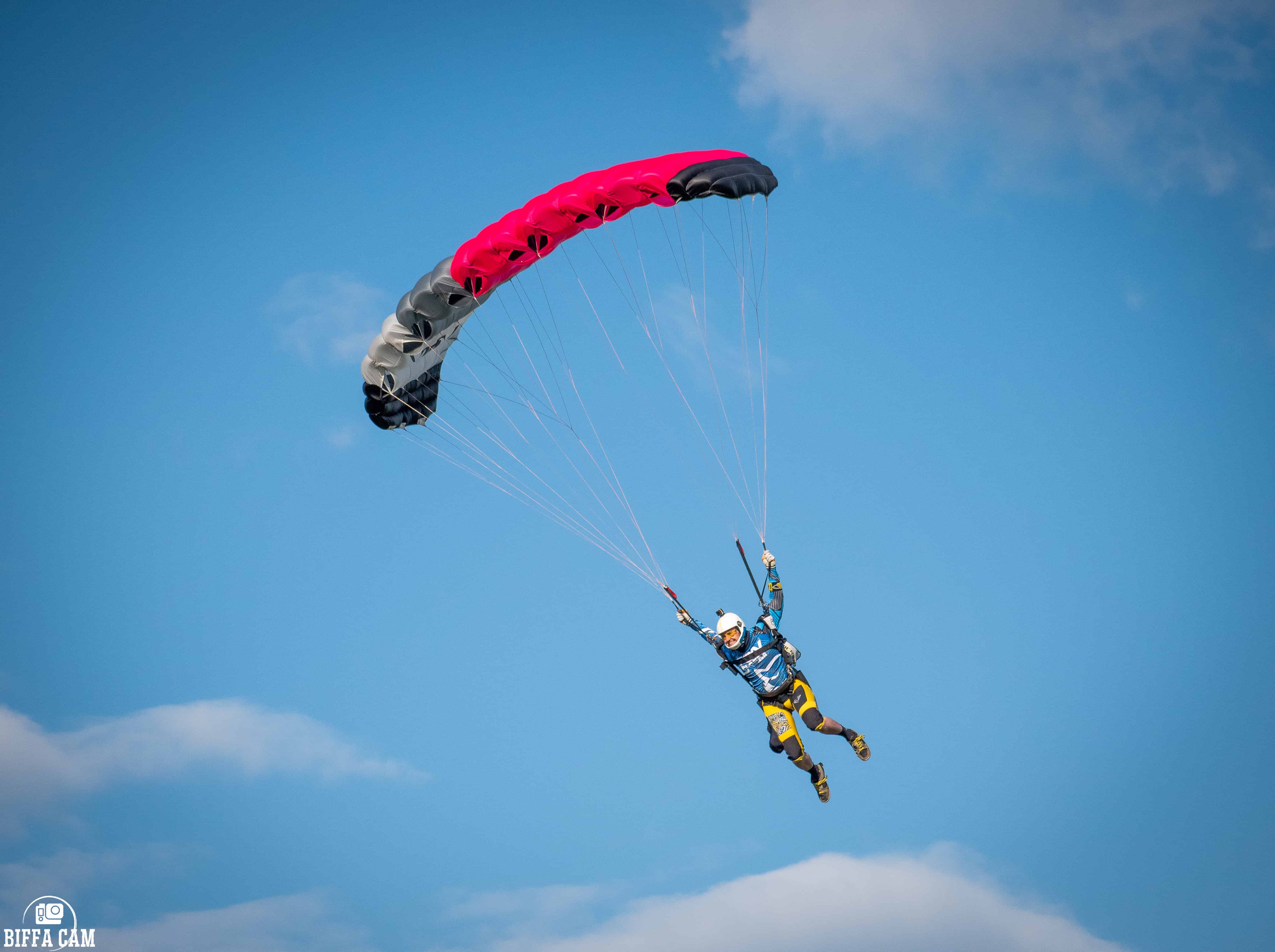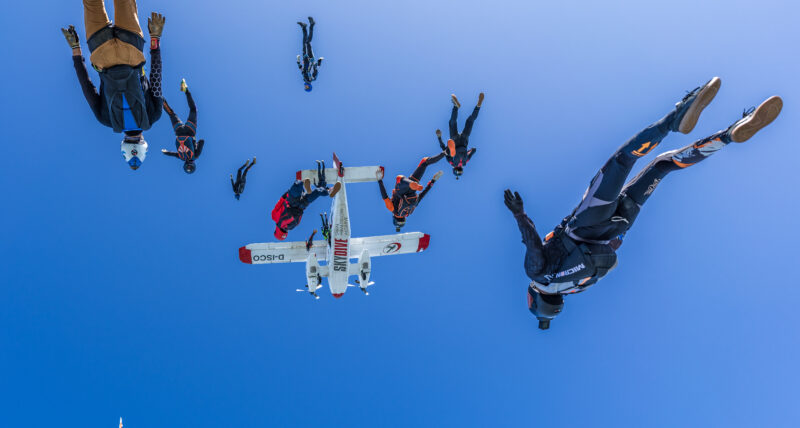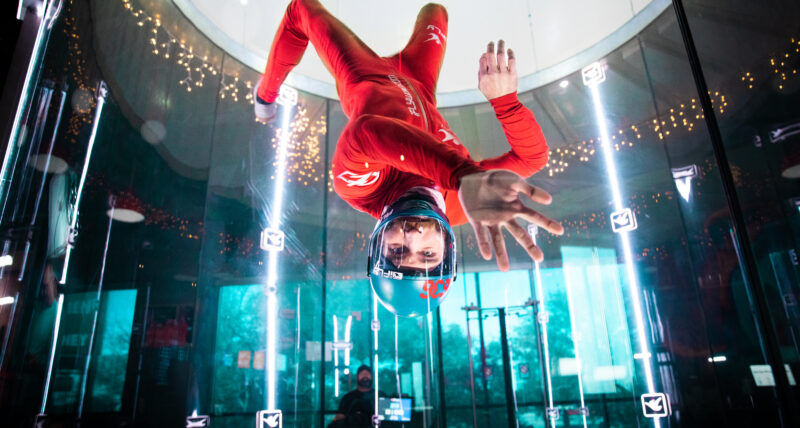In the last 10 years, there have been 17 fatal accidents at BPA PTOs. Of those, seven have been landing accidents under a perfectly good working canopy. Five of those were low turns; the other two had extreme turbulence as a contributing factor. In 2018, we had three fatal accidents, all on landing and all while carrying out deliberate high-performance landings. Two of these were by experienced skydivers who were in the process of learning CP.
In the last 10 years, 35% of all BPA fatalities were under a fully serviceable canopy. Something needs to change.
The need for better education on canopy flight was first identified nearly 20 years ago following a large number of fatal landing accidents. Unlike now, where there seems to be a pattern being set with the types of accidents we are seeing, there was no pattern back then. Some accidents were very experienced jumpers, some were by jumpers on large canopies who were very inexperienced and at least one was probably caused by landing in an unsuitable area.
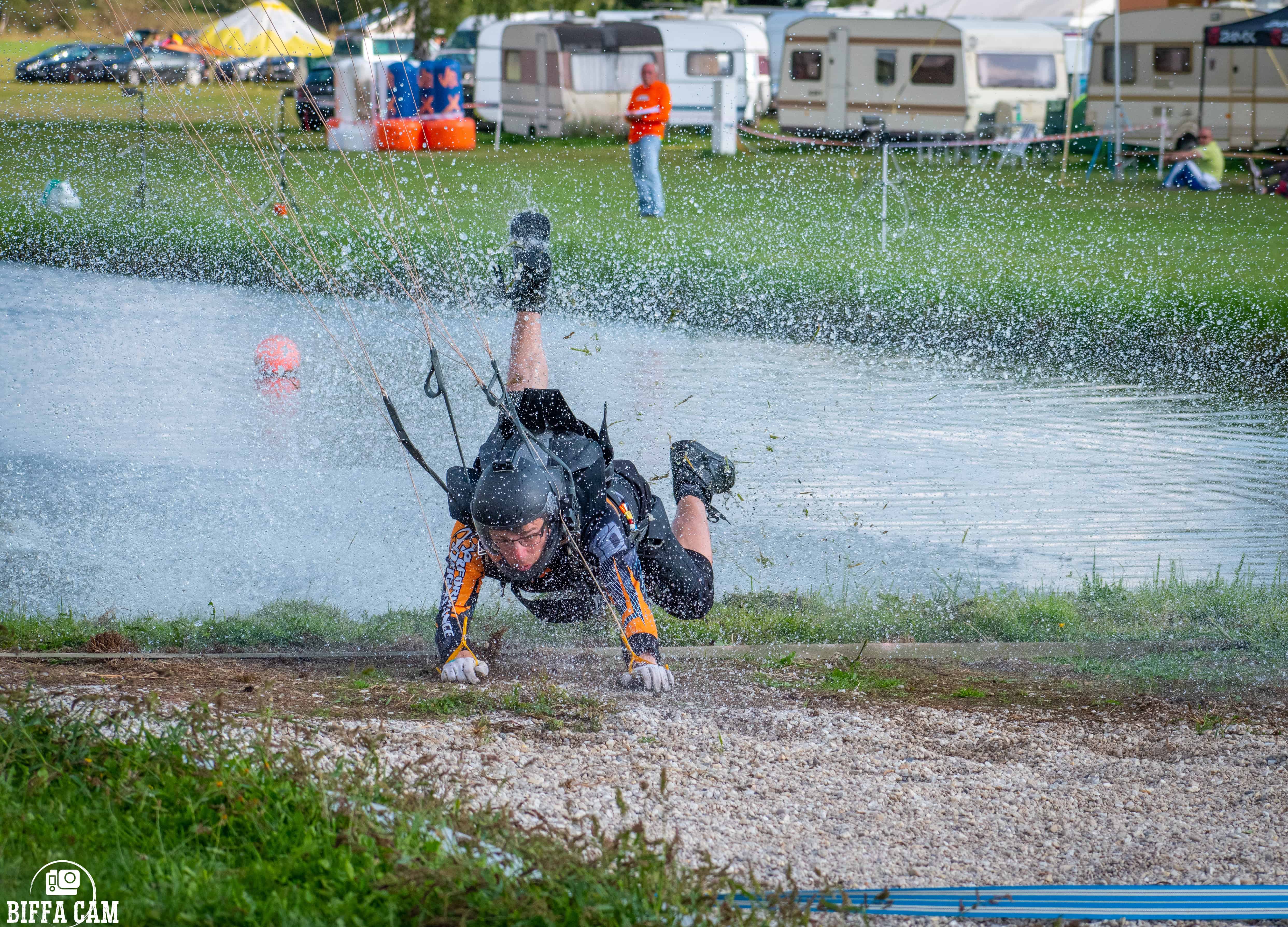
To try and tackle the problem, Canopy Handling and Canopy Piloting were devised. Two manuals were written and the grades CH1, CH2, CP1 and CP2 were introduced. This meant mandatory canopy handling proficiency in order to gain an A and then B Licence, and structured CP progression after that if desired. At the time, it was decided not to legislate on type of canopy.
To start with, the results were promising. However, there is a real problem now. Too many jumpers are now flying canopies that are either too small or too fast for their level of experience. This puts them and all those around them at too much risk every time they jump. Jumpers who have downsized quickly have a higher risk of being involved in an incident; getting injured on landing; hurting another jumper; already being on a canopy that’s too small when learning CP; and are therefore more likely to get themselves and/or others seriously injured or killed.
So, what can we do about it? Firstly, ensure that the training we give our jumpers is good enough to keep them safe at all times. Secondly, ensure that they are using suitable equipment. Thirdly, ensure that they have a safe place to land.
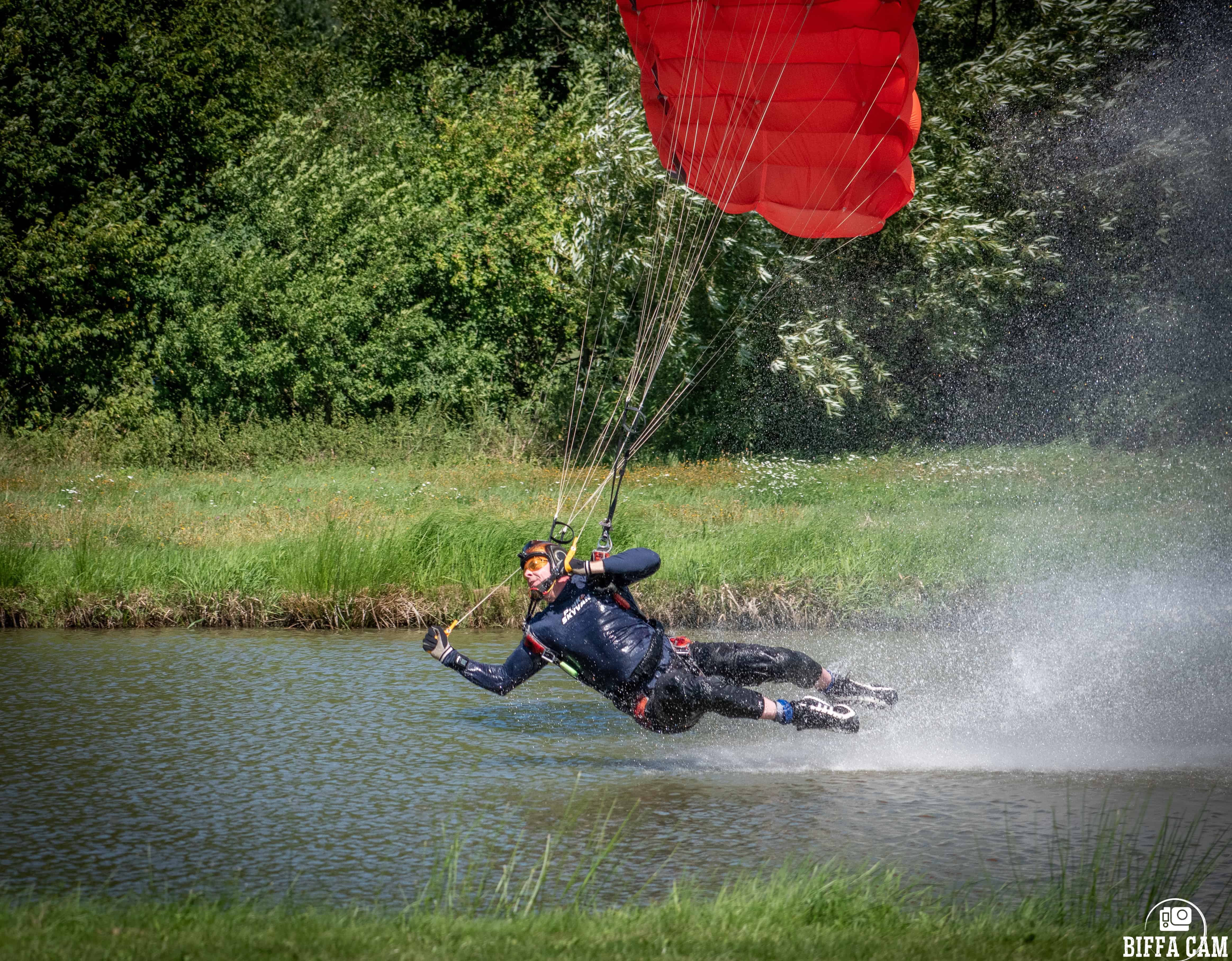
How are we going to do this?
First, a working group of Chief Instructors and canopy coaches with a great deal of experience in these matters has been formed. The working group is made up of myself, Noel Purcell, Stuart Meacock, Nick Robinson, Wez Westley and Brian Vacher. The working group will research every area of risk and how best to tackle that problem. It will consult Chief Instructors, PTOs and jumpers to seek feedback on how those changes may affect them. Once complete, the working group will write a report and make any recommendations to the Safety and Training Committee. The working group is looking at the following:
1. Update Canopy Handling
Canopy Handling needs to be updated to ensure that all our jumpers are taught the skills that they need to keep themselves safe when flying modern canopies in busier skies and landing areas. The types of canopy that most of our lower experienced jumpers are now using and the fact that most PTOs now have large turbine aircraft put together mean that jumpers need to be better trained at this early stage in their careers not only how to land safely but – just as importantly – how to ensure that they land in the correct area without putting themselves or other jumpers in any undue risk. They must also be taught how to constantly assess all situations and, should the need require, make good decisions and take appropriate action.
2. CP progression
There have been some very worrying trends developing over the years to do with how jumpers have been progressing and getting coached. To tackle these trends, there’s a real need to completely shake up how high-performance landings are taught and carried out. This will involve not only a rewrite of the CP manual, but also a look at the syllabus and how it is coached. One of the unforeseen problems when CP1 was introduced was that people would rush through the syllabus to get the qualification and perhaps be pressured into carrying out higher degree turns than they were ready for. One suggestion is to reduce the requirements for CP1 to 90˚ turns to take away the urge to progresstoo quickly.
One of the other problems is jumpers underestimating how many jumps it really takes to fully learn each technique and manoeuvre. To combat this, it is proposed to increase the number of repetitions. CP2 would then take jumpers from 90˚ to turns of more than 270˚ but, again, it will take many more stages of progression with more jumps required at each stage. The aim will be for no one to ever have to ‘In the last 10 years, 35% of all BPA fatalities were under a fully serviceable canopy. Something needs to change’ make a big jump in what they are doing but they will instead make a lot of tiny little steps along the way. The whole process will probably take most jumpers hundreds if not thousands of jumps to complete.
The requirements to be CP2-qualified to attend the UK CP Nationals will be looked at separately.
3. Canopy coaching
Coaching CP is a very risky business. Even the best-intended coaching tips, if interpreted wrongly, can have disastrous consequences. It is vital that all CP coaches know and understand exactly what they are looking for and then give the correct advice at all times. The CP coach qualification will be looked at and updated as needed.
4. Suitable canopies and PLAs
As well as better education for all our jumpers, we also have a duty as a national governing body to ensure that people are using suitable canopies and that all landing areas are suitable for the landings they intend to carry out.
Many other countries have now devised national systems to control the type and size of canopy being jumped, dependant on the jumper’s weight and experience. These systems can cause as many problems as they solve but, if implemented correctly, can have a marked effect in reducing incidents.
Another factor in all landing incidents is the landing area itself. Landings involving a large degree of turn and normal landings do not mix very well, putting everyone at an unacceptable risk of collision. For this reason, landing areas may need to be split and a dedicated high-performance area nominated. It is possible that the location and size of the high-performance area will need to be legislated along with how all landing areas are managed.
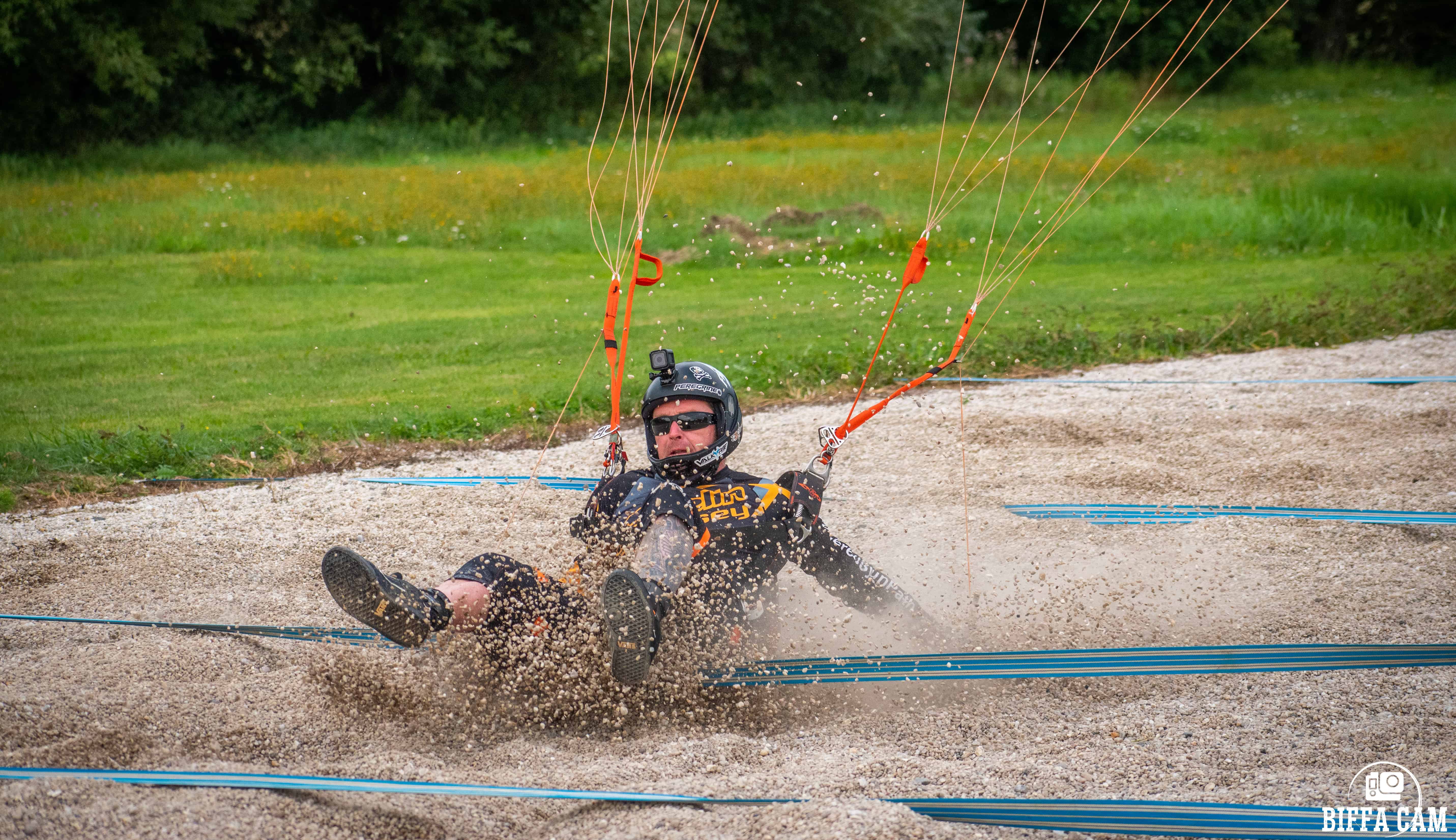
No one thing anywhere in the world has had a positive long-term effect. The only success has come from countries that have improved the education of their jumpers, ensured that they use suitable equipment and ensured that their PTOs manage their landing areas better.
Not all of the ideas and recommendations will be popular with jumpers, coaches or PTOs, but it is essential that something is done. All of the above are only ideas at this stage, so the next step is to consult with PTOs, Chief Instructors, coaches and jumpers. The content of this article was presented at BPA Skydive the Expo 2019 to a packed seminar room of skydivers and, interestingly, a show of hands indicated that most people agreed with this direction. Nobody thought we had got it totally wrong.
To minimise the disruption when implementing the new system, updates will be published regularly and we would really like to hear from everyone about how they feel they might be affected. All feedback should be sent to me at mark.bayada@bpa.org.uk.
Photos: Emma Reynolds
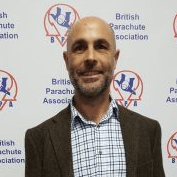 by Mark Bayada, Canopy Working Group
by Mark Bayada, Canopy Working Group
 First published in the February 2019 issue of Skydive the Mag.
First published in the February 2019 issue of Skydive the Mag.


